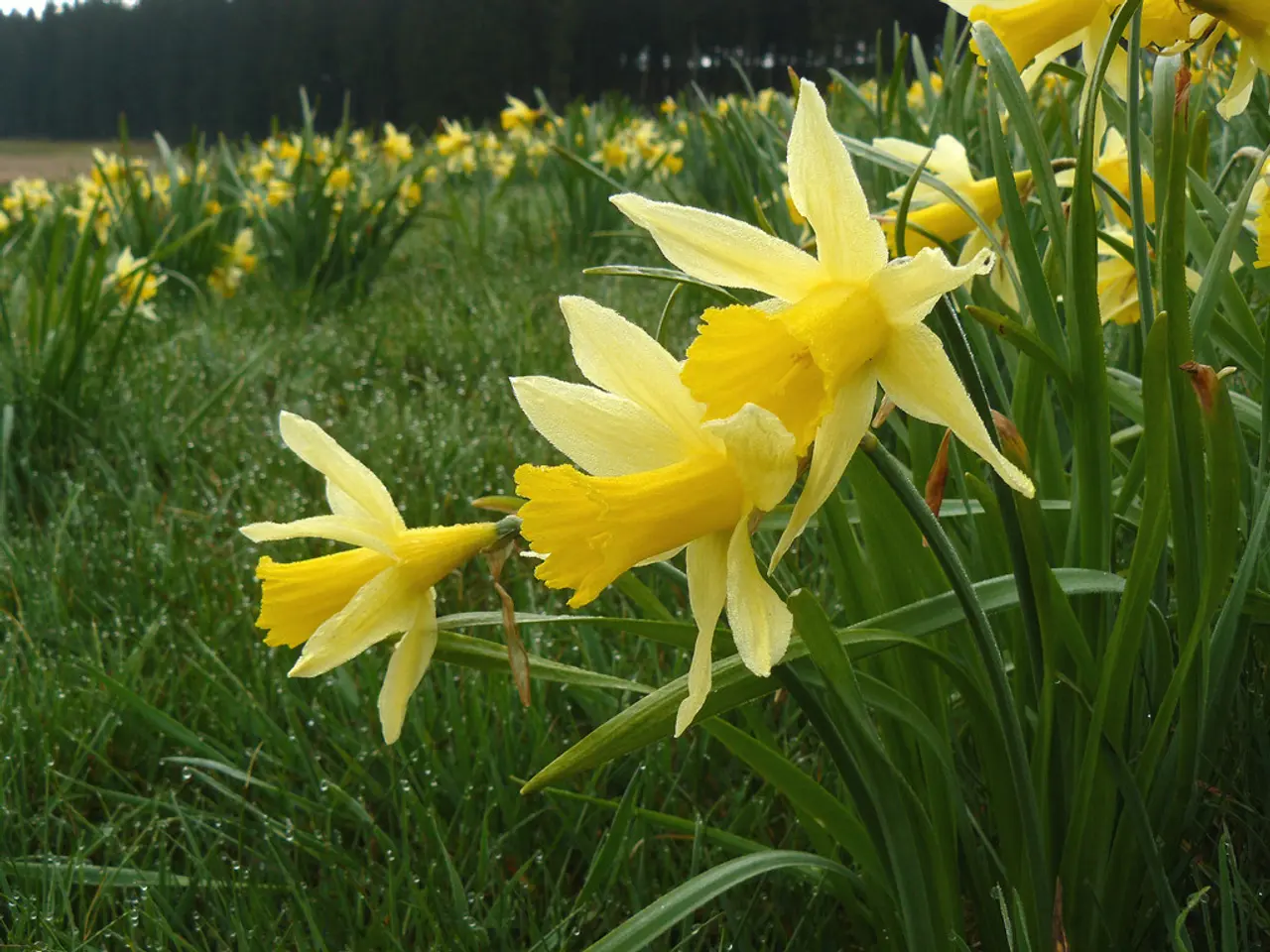Gardening Chores to Enjoy in February:
Spring is just around the corner, and it's time to start planning your garden! A planting calculator can be your best friend in this process. These digital tools help you to effectively plan your garden by determining the ideal spacing between plants, optimising your garden layout, and calculating the maximum number of plants your space can accommodate without overcrowding.
While a garden plant spacing calculator assists with how and where to plant, determining the best time to sow different seeds outdoors requires additional tools or guidance. The best sowing time depends on factors such as plant species and their frost tolerance, local climate, soil temperature, and moisture conditions.
Some planting calculators or gardening apps may include sowing date calculators that integrate local climate data to suggest the optimal sowing windows. However, basic spacing calculators primarily focus on layout rather than timing.
To determine the best time to sow seeds for outdoor gardening, you typically need to:
1. Identify the seed’s temperature requirements (minimum soil and air temperature). 2. Consider the last frost date for your region. 3. Use a garden calendar or sowing guide specific to your climate zone. 4. Possibly use specialized sowing calculators or apps that incorporate local weather info.
Some seeds, like prairie gentian and begonia, require a long time to germinate and grow, up to six months. For these plants, it's best to sow the seeds indoors during the winter months.
Now is also the perfect time to begin pruning fruit-bearing trees, bushes, and vines. Pruning fruit trees and berry bushes is best done when dormant in late winter. For a foretaste of spring, forced branches of spring-blooming bushes or trees such as forsythia, flowering quince, and crabapple can be used. To force branches, choose 1 to 2-foot sections that are about the size of a pencil in diameter and contain plenty of rounded buds. Remove growth below water-level and smash stem bases with a hammer. Place the soaked branches in warm water for quick absorption. The branches should be cut on a day when the temperature is above the freezing point.
Gardeners should create a schedule for sowing seeds, taking into account the growth rate and outdoor transplanting date of each type of seedling. Less hardy vegetables such as tomatoes and peppers should be sown two months before the last frost date. Cabbage, collards, and kale should be sown about ten weeks before the last frost date.
Remember, a little winter-is-almost-over gardeners' gambol can go a long way in getting you ready for the spring gardening season. More information on subsequent care and pruning of revived plants can be found in this article.
If you need help finding specific sowing time calculators or resources tailored to your region and desired plants, feel free to ask!
[1] Source: [Planting Calculator](https://www.gardeners.com/how-to/garden-planning-calculator/13516.html) and [Sowing Time Calculator](https://www.almanac.com/content/planting-calendar)
To complement your home-and-garden lifestyle, you might find it beneficial to use sowing time calculators or gardening apps that integrate local climate data. These tools can suggest the optimal sowing windows, aiding in your garden's growth plan for the spring season. Additionally, for certain seeds like prairie gentian and begonia, which require a long time to germinate and grow, it's advisable to sow the seeds indoors during the winter months.




